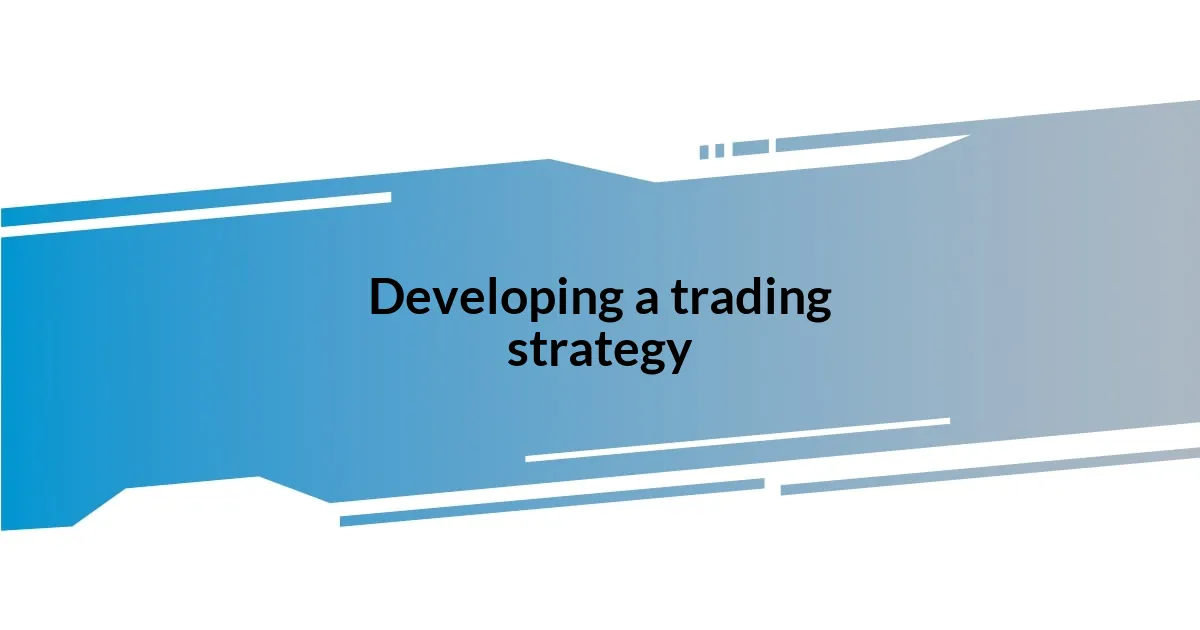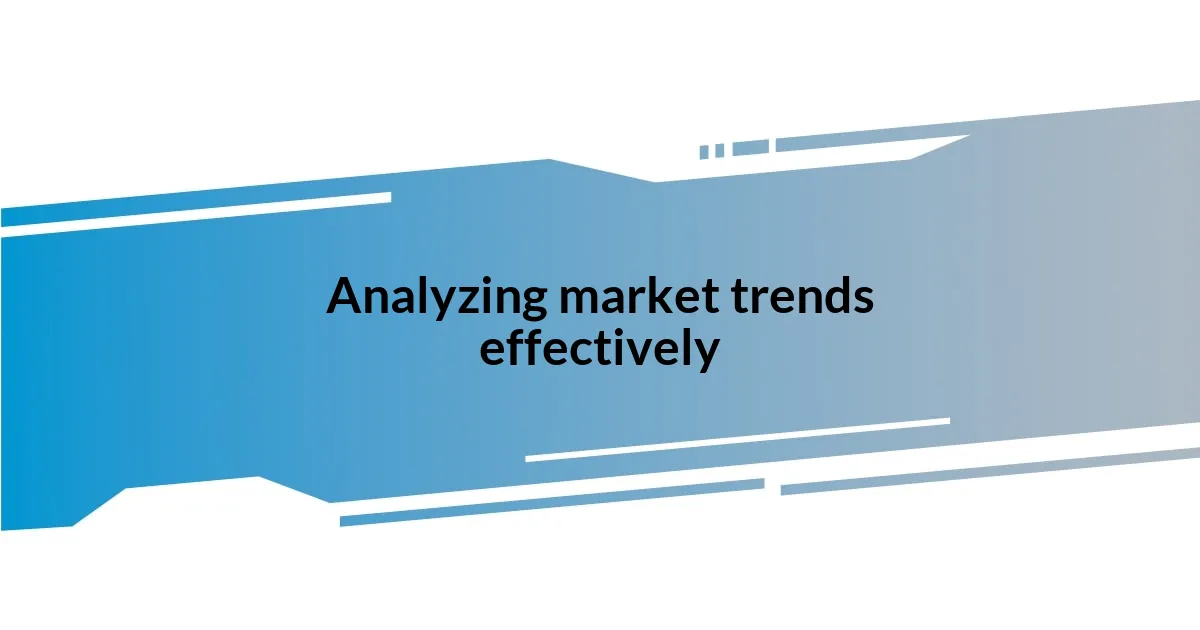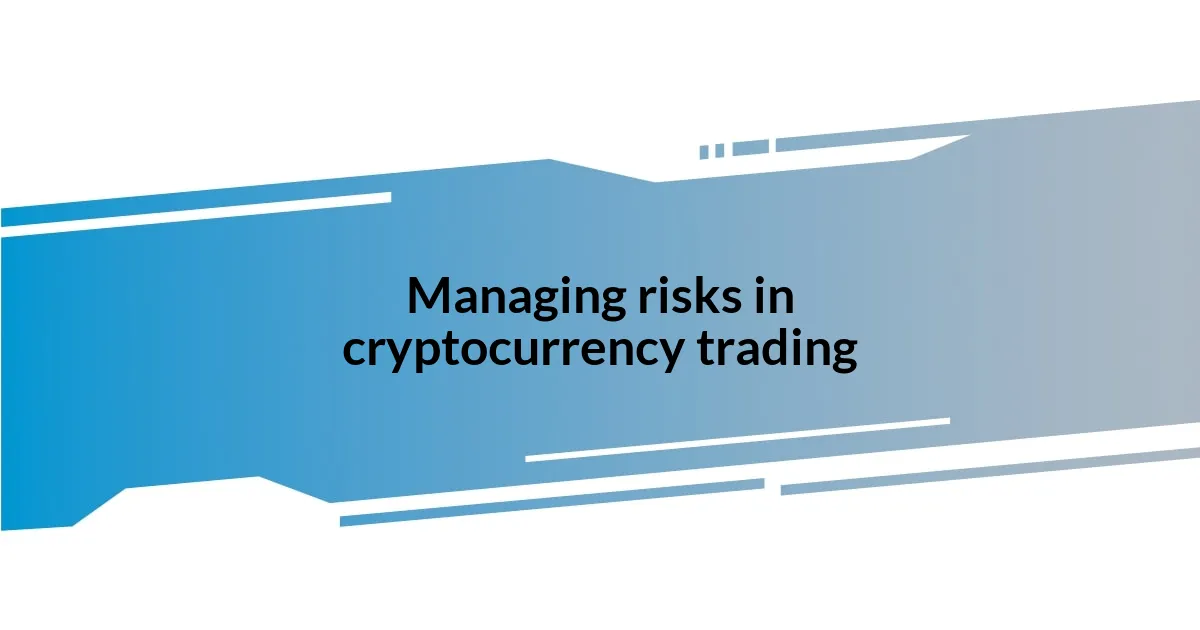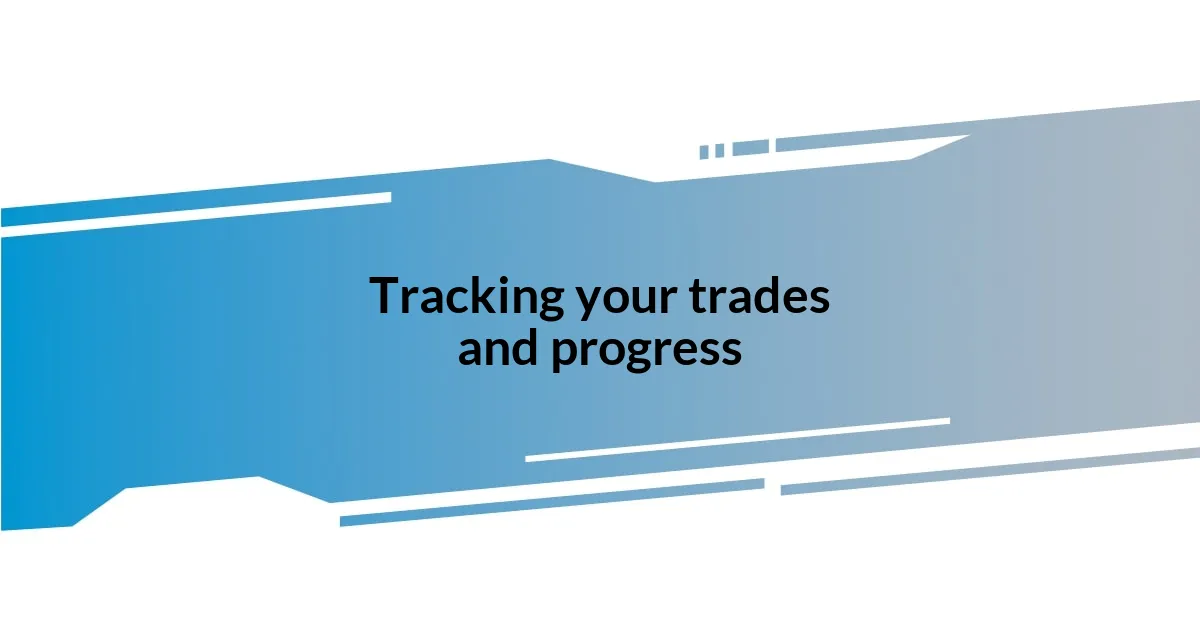Key takeaways:
- Understanding blockchain’s decentralized nature and its potential to reshape industries beyond finance.
- Choosing a cryptocurrency exchange involves prioritizing user-friendly interfaces, liquidity, and a variety of available cryptocurrencies.
- Developing a well-defined trading strategy is crucial for navigating market unpredictability and maintaining control.
- Effective risk management, including setting limits and diversification, helps minimize potential losses in trading.

Understanding cryptocurrency basics
Cryptocurrency is fundamentally a digital form of currency that operates on technology called blockchain. When I first learned about blockchain, I was intrigued by its decentralized nature, which means no single entity, like a bank, controls it. It made me question how such a system could be both secure and accessible—something radically different from traditional finance.
As I started to dive deeper into cryptos, I discovered that they can be used for various purposes, not just as money. For instance, some projects focus on smart contracts, which automatically execute when certain conditions are met. I remember feeling a mix of excitement and confusion when I encountered the concept for the first time. It prompted me to wonder: how could this technology reshape industries beyond finance?
It’s important to realize that while the world of cryptocurrencies offers enticing opportunities, it also comes with risks. I recall my initial trading experience—watching prices soar one minute and plummet the next left me both exhilarated and anxious. This unpredictability made me reflect on the balancing act between potential gains and the need for cautious, informed decision-making.

Choosing the right cryptocurrency exchange
Choosing the right cryptocurrency exchange is a pivotal step in my trading journey. Initially, I was overwhelmed by the multitude of options available—each promising unique features and benefits. I remember spending hours research different platforms, feeling both excited and hesitant about where to start. My experience taught me to prioritize exchanges with a user-friendly interface and robust security measures, as those fundamentals greatly eased my entry into the crypto market.
One thing that stood out for me was the importance of liquidity, which simply means how easily I could buy or sell a cryptocurrency. I had my heart set on a particular altcoin, but when I tried to make a trade on a platform with low liquidity, the experience was frustrating. It prompted me to realize that an exchange’s reputation for liquidity could make a significant difference in my trading efficiency and overall satisfaction.
Another crucial factor is the variety of cryptocurrencies offered. I distinctly recall signing up for an exchange, only to find that my favorite coins weren’t listed. It was disappointing and made me rethink my decision-making process. Always check the availability of the cryptocurrencies you wish to trade before committing to a platform; it could save you a lot of hassle down the line.
| Exchange | Features |
|---|---|
| Coinbase | User-friendly interface, high liquidity |
| Binance | Wide range of cryptocurrencies, competitive trading fees |
| Kraken | Strong security features, excellent customer support |

Developing a trading strategy
Developing a trading strategy is where things began to heat up in my crypto journey. I quickly realized that trading without a plan is like sailing without a compass—you’re bound to get lost. The moment I hit my first major loss, I understood the importance of having a well-defined strategy to navigate the unpredictable waters of cryptocurrency markets. It was a sobering experience that pushed me to sit down and outline my goals, risk tolerance, and the styles of trading I wanted to explore.
To create an effective trading strategy, I found it helpful to consider several factors:
- Define your goals: Are you aiming for short-term gains, or are you looking to invest long-term?
- Risk tolerance: How much are you willing to lose on any given trade? This helped to set my boundaries.
- Choose a trading style: Whether day trading, swing trading, or holding, this choice influenced my strategy significantly.
- Set entry and exit points: These predetermined levels keep emotions in check and help me stick to my strategy.
- Research and analysis: I incorporate both fundamental and technical analysis to inform my trading decisions.
As I started to implement these elements, I felt a sense of control that was previously missing. The confidence I gained from having a structured approach made each trade feel less daunting. I vividly remember a particularly challenging trade where everything seemed to go wrong. Instead of panicking, I leaned on my strategy, which ultimately helped me make a more rational decision. That was a pivotal moment, reinforcing how crucial it is to stick to the plan even when the market throws curveballs.

Analyzing market trends effectively
Analyzing market trends effectively transformed my trading experience entirely. Initially, I approached the charts like a mysterious puzzle, hesitant yet curious. With time, I learned to appreciate the cyclical nature of market patterns. Recognizing trends involves more than just following the price; it’s about understanding the emotions driving those movements. Have you ever watched a price surge just because of fear or greed? I certainly have, and it was eye-opening.
One technique that helped me immensely was tracking historical data. I often took the time to analyze past trends for my favorite cryptocurrencies, noting how they behaved during similar market conditions. For example, I discovered that one altcoin I traded consistently bounced back after a particular threshold, which created a sense of anticipation in my trading strategy. This practice not only bolstered my confidence but also allowed me to make more informed decisions based on historical precedents instead of mere speculation.
I cannot stress enough the value of staying updated with news and events influencing the market. I remember when a significant regulatory announcement sent shockwaves through the crypto community, which taught me the importance of being in the know. Now, I often check credible news sources before making trades, as this insight can significantly enhance my analysis. Observing how external factors play into market trends has been vital in refining my strategies and boosting my trading success.

Managing risks in cryptocurrency trading
When it comes to managing risks in cryptocurrency trading, I realized early on that setting limits is crucial. I remember my heart racing every time I hit that buy button, but learning to implement stop-loss orders changed the game for me. It felt like having a safety net; if a trade went south, I could at least limit my losses without second-guessing myself in a panic.
Diversification also played a significant role in my risk management strategy. At first, I made the rookie mistake of investing heavily in just one or two coins, and when the market turned, it was painful. That experience taught me the importance of spreading my investments across different assets. Now, I feel a bit more at ease knowing that if one asset takes a hit, I have others to help cushion the blow.
One aspect of risk management that I’ve come to appreciate is the power of education. Every time I dive into a new project or asset, I remind myself of the importance of understanding what I’m trading. Have I done my homework? I’ve learned that ignorance often leads to unnecessary risk. Keeping myself informed has not only boosted my confidence but also allowed me to make more educated decisions, minimizing surprises along the way.

Tracking your trades and progress
Tracking my trades and progress has been instrumental in refining my approach to cryptocurrency trading. Every time I place a trade, I meticulously record the details: entry and exit points, reasons behind my decisions, and the outcomes. It’s a bit like keeping a diary of my trading journey. Have you ever looked back on something you thought was a good idea at the time only to realize later what you could have done differently? I certainly have. This reflection helps me learn from my mistakes and build on my successes.
I also invested in tools and apps designed for trade tracking. At first, I underestimated their value, thinking I could keep everything in my head. However, when I finally started using platforms that provided analytics and visualization, everything changed. The ability to see my performance metrics laid out clearly was eye-opening—no more guessing games. I recall a specific month where I realized I was disproportionately favoring a particular asset. By adjusting my strategy based on those insights, I diversified my trades and improved my overall performance.
The emotional aspect of tracking my trades cannot be overlooked. There are days when I feel ecstatic about a winning trade, and I jot down exactly what contributed to that success—my thought process, market conditions, and even my mood that day. Conversely, when things go south, it’s crucial for me to assess what went wrong without dwelling too much on regret. I ask myself, “What can I learn from this?” This practice not only allows me to monitor progress but also to cultivate a growth mindset, turning losses into valuable lessons rather than just financial setbacks.